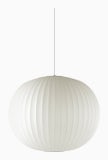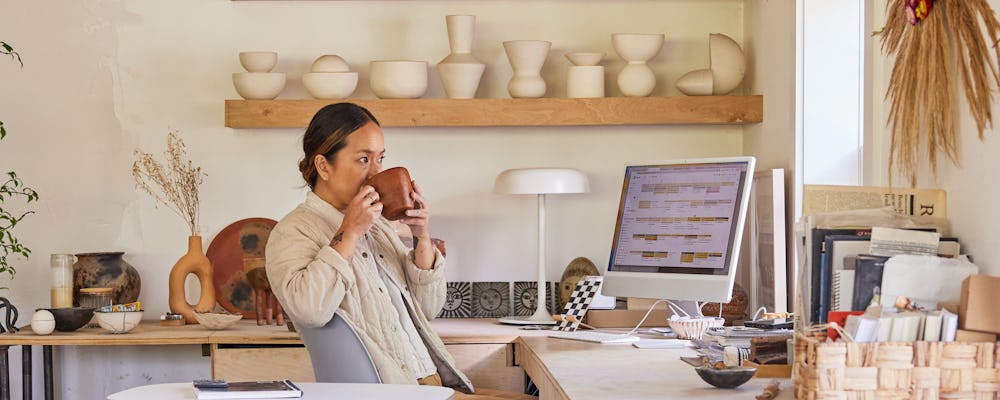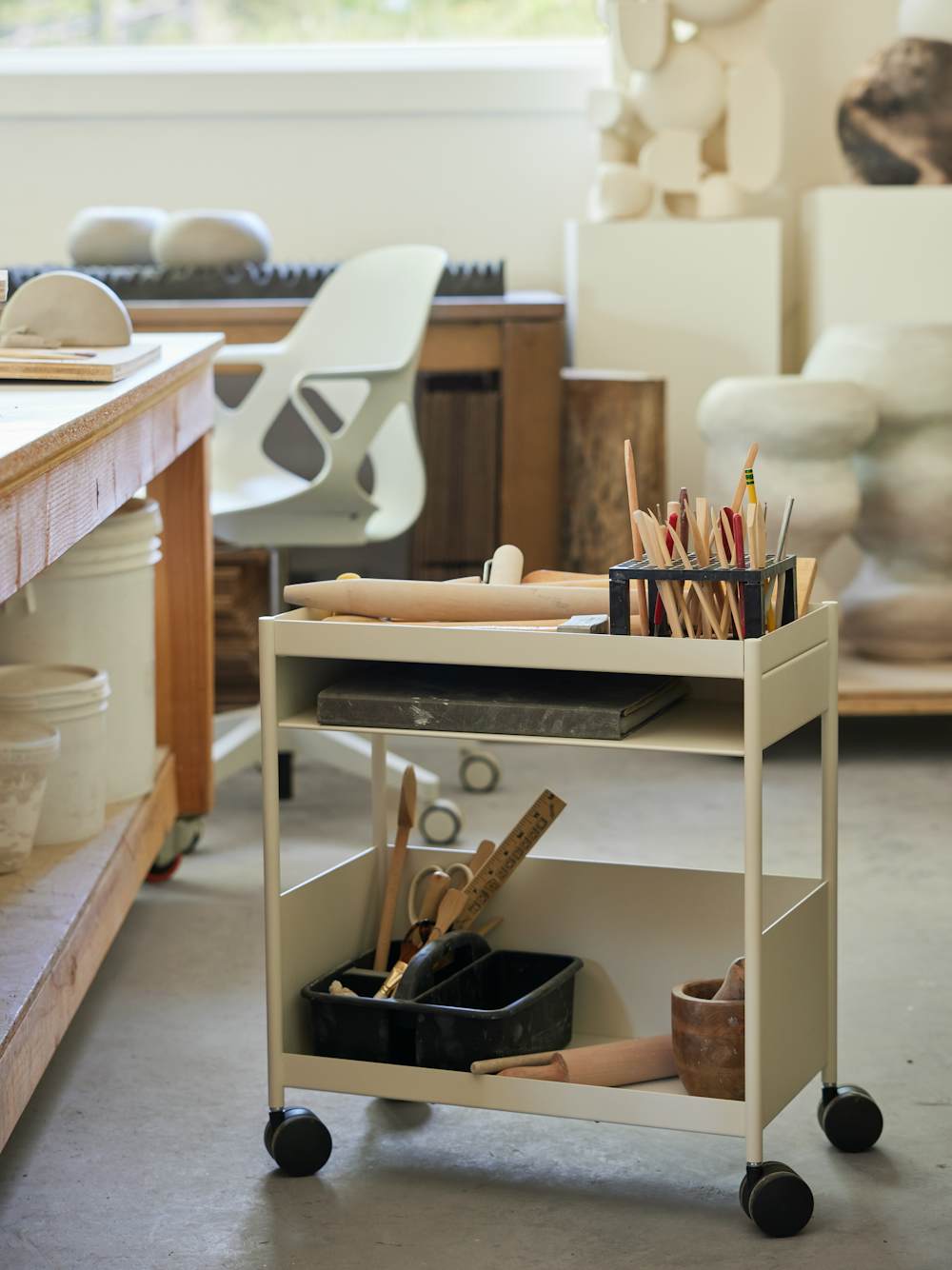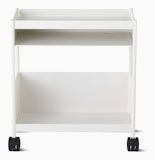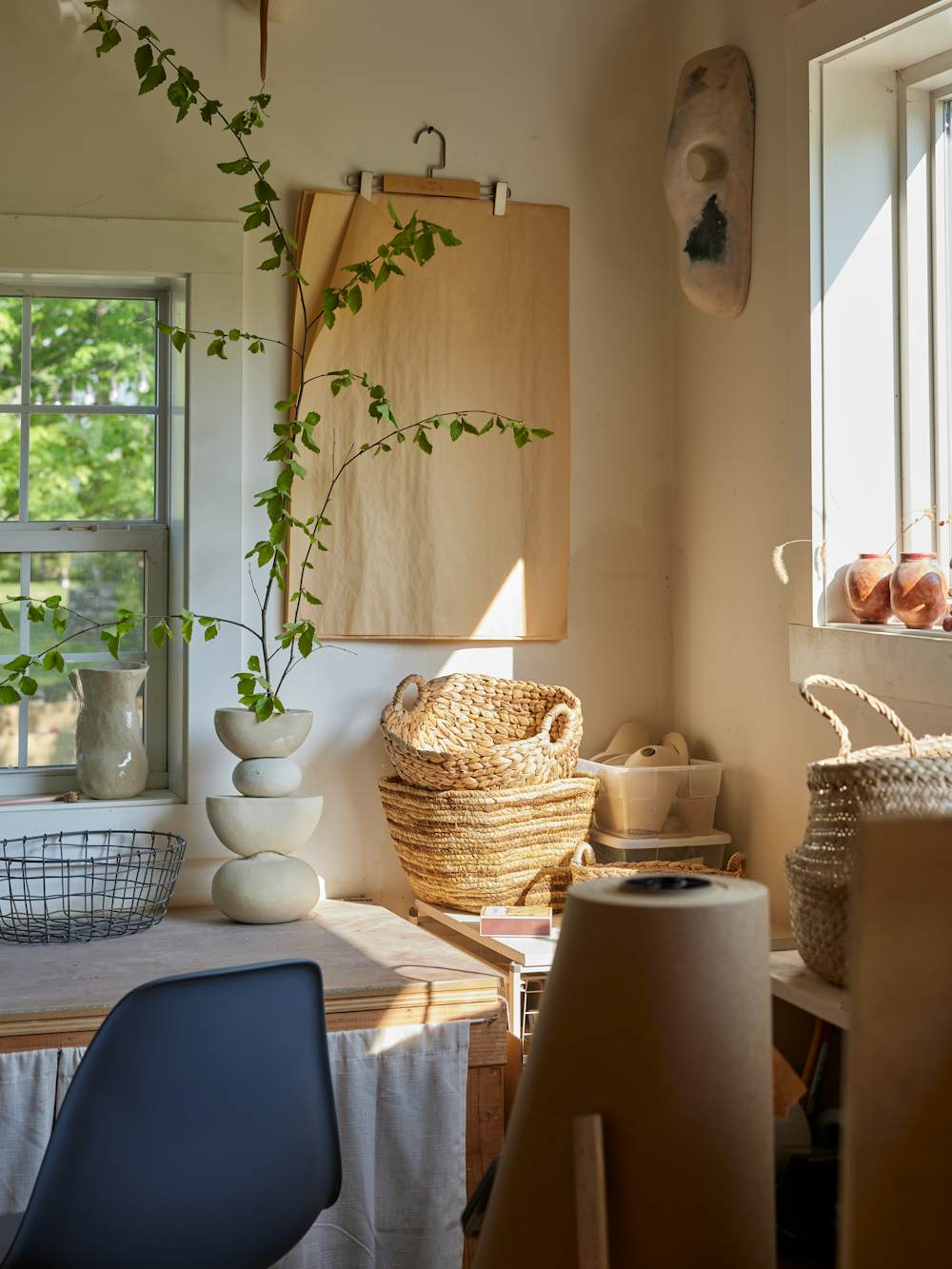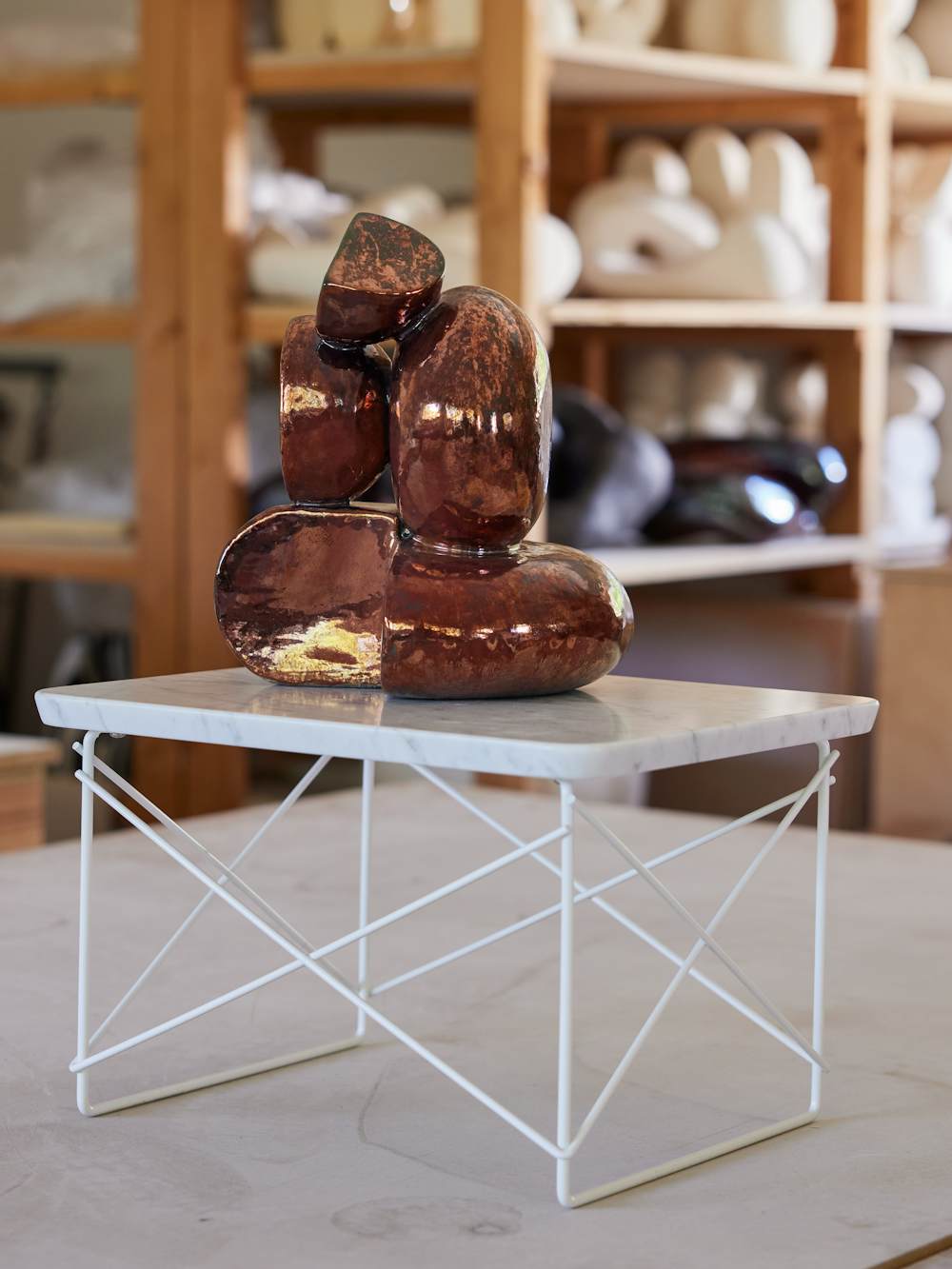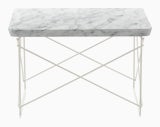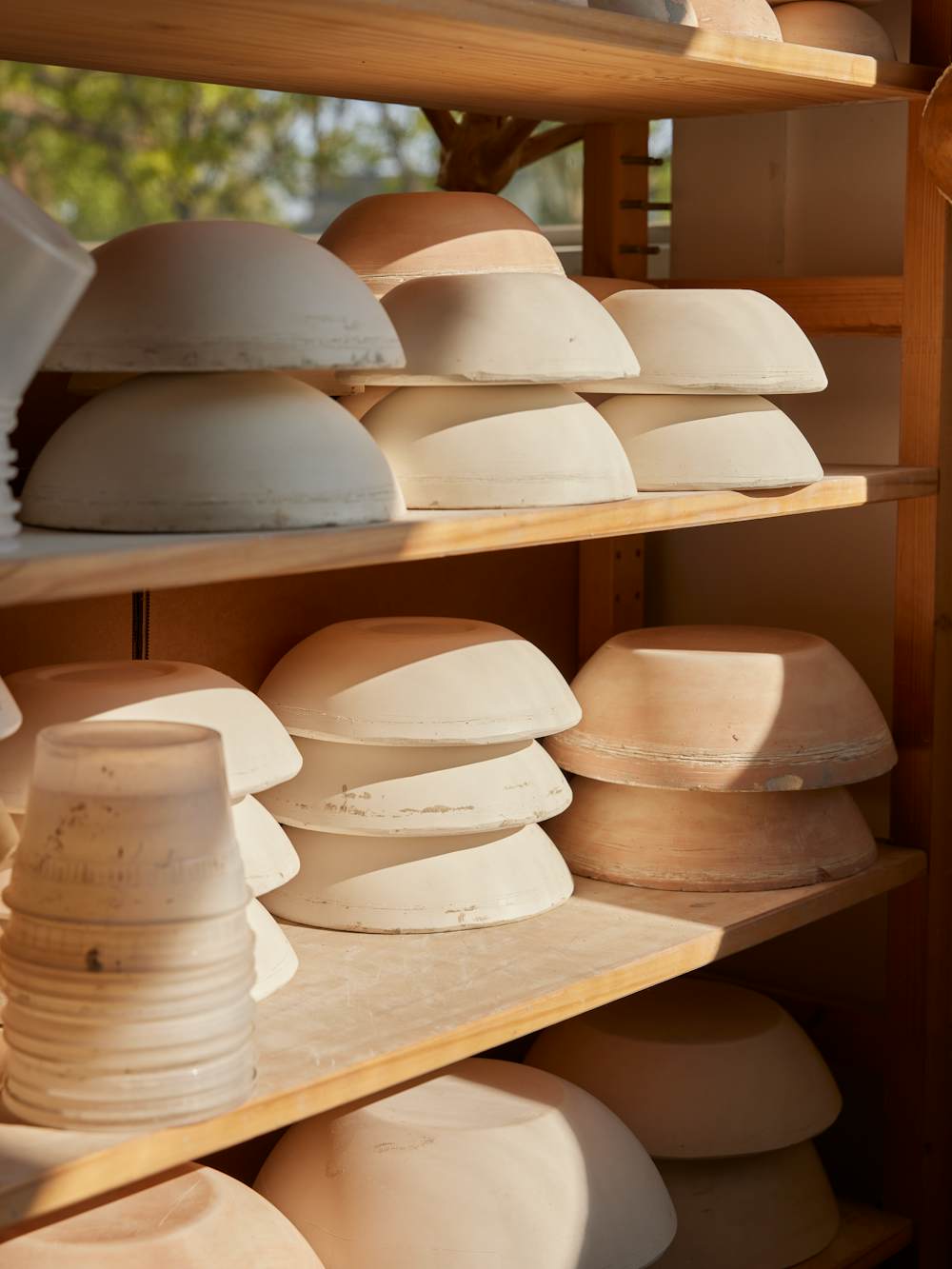Re Jin Lee: Self-Discovery Through Pottery
Sculptor Re Jin Lee has taken an unconventional path to find her calling in handcrafted clay sculptures. Discover how her creative journey has encouraged her to go with the flow, embrace mistakes as opportunities, and give back to other artisans. Plus, visit our 251 Park Avenue store in New York to shop her one-of-a-kind pieces.
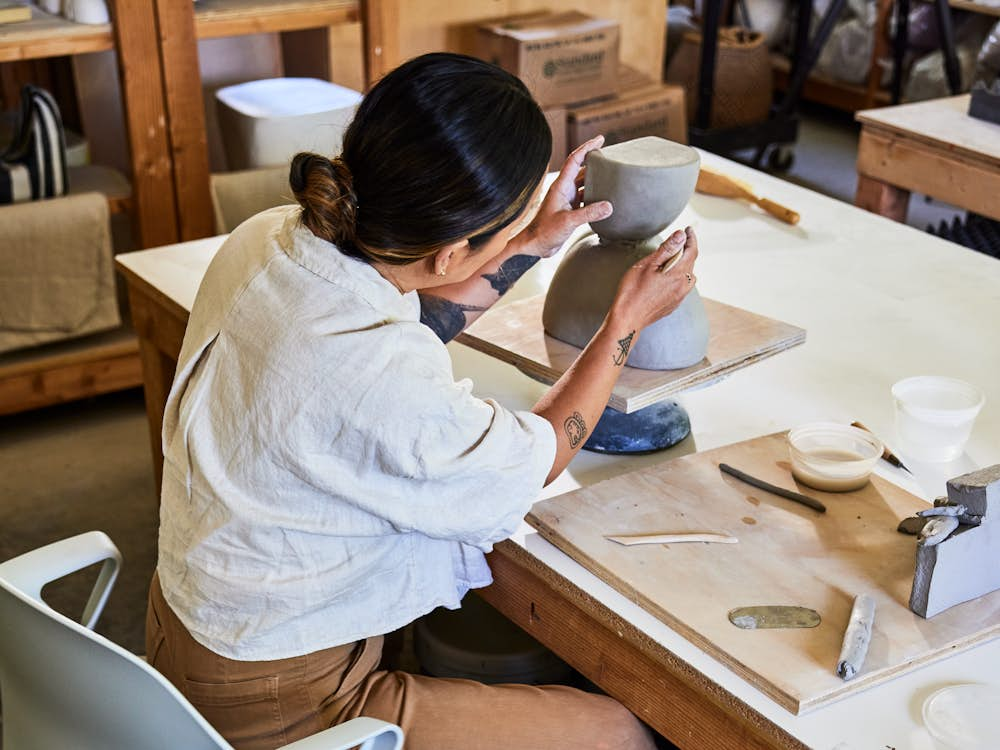
“I really enjoy when I make a mistake, or I drop something, and the piece just becomes something else … I feel like the clay’s telling me that’s what it wants to be.”
An unconventional career path
“I’ve always been involved in arts because my mom was an artist. My parents owned a clothing manufacturing business back in Brazil, so I saw that and thought, ‘OK, I want to do fashion design.’ I thought I had passion in fashion because I knew I wanted to do that since I was young. But I kept not seeing that spark, and it was during those times that I was really searching, wondering why I couldn’t find that passion if I was on the right path.
I thought about what I did best, which was drawing. So I thought, why not put my drawings onto useful, functional items? I started going to the Bowery in New York City, where restaurants buy their dinnerware, and I started hand-painting on [dinnerware seconds]. Eventually I wanted to make the pieces I was painting on to translate my idea onto a three-dimensional piece. I signed up for wheel-throwing classes but didn’t feel that spark until one day, the teacher decided to just give us a little sample of hand-building. When he started demonstrating it, I said, ‘This is it, this is what I’ve been searching for.’ As soon as I started hand-building, I found the passion and the spark.
And I know that my fashion background hasn’t gone to waste because a lot of my process in pottery is very similar to how clothing is made and presented. I use two techniques—slab rolling/building and coiling—and I see the parallel with fashion. With slab building, you roll out a sheet of clay and cut out patterns to build pieces like you’re stitching and creating a piece of dress. Coiling is similar to when you’re building the clothes on the mannequin.”
Mistakes as unexpected gifts
“I really enjoy when I make a mistake, or I drop something, and the piece just becomes something else. Obviously, I’ll be shocked that it fell and sometimes be disappointed, but then I realize it became a shape that I would’ve never thought of. I like that—the unexpected that can happen with clay. Like, if I’m working at a speed that I shouldn’t have because I’m in a rush, the sculpture might collapse. Not that I wanted it to happen, but when it happens, I appreciate it because I feel like the clay’s telling me that’s what it wants to be.”
A studio designed as a creative escape
“My studio is basically a 1,000-square-foot open space. When I lived in Brooklyn, I was confined to small places, so my dream was to have big tables with wheels. I wanted the freedom to be able to move them. I use a cart as well. It was initially purchased for me to carry heavy items, but now I just use it for my tools, so it’s just easy for me when I’m moving around the studio. My favorite part about the studio is it’s my escape. It’s a space that’s mine, where I can just come and be.
The way I protect my creative energies is that I have this set schedule where I try to come into the studio at 9:30–10 and end at 6:30 for family dinner. And if I put on music, I’ll daydream and get distracted. So my method is to put on my headphones and turn on a podcast or audiobook. I need someone talking in my ears to help get into the zone.”
A foundation of artist support
“Naiana Nami is very fairly new. It started with this desire, since I was first doing fashion, to understand where I’m coming from. I always say if I had another life, I would probably be doing Peace Corps, being on the ground helping underserved communities. But my mom always said, ‘You could help in other ways.’
As I started my ceramic career, I kept getting involved with organizations where I could donate proceeds, but it always felt detached. I wanted to be more involved. But I just didn’t know how to associate pottery with it. Then in 2021, I signed up for this ceramic retreat in Oaxaca, Mexico. That place happened to give me that spark. When I saw the women working, digging up their clay, and learned all their stories, it gave me the vision of a new company to promote these artists and artisans, who through their work are keeping the tradition alive, and to provide them the platform that I have. They do equally beautiful work—it’s just that they don’t have the access to the same customers and buyers.
Naiana Nami coincided with my mom passing away five years ago. She was very talented as a kid, but my grandparents didn’t think of art as a viable career. She would tell me that her teachers would urge my grandparents to invest in her art career, but they never did. It was something she didn’t have, so she made sure I had it. So I decided I want to provide support to artists who don’t have it. I need to do this and carry on what my mom was doing by providing support to people who didn't have that support.”

